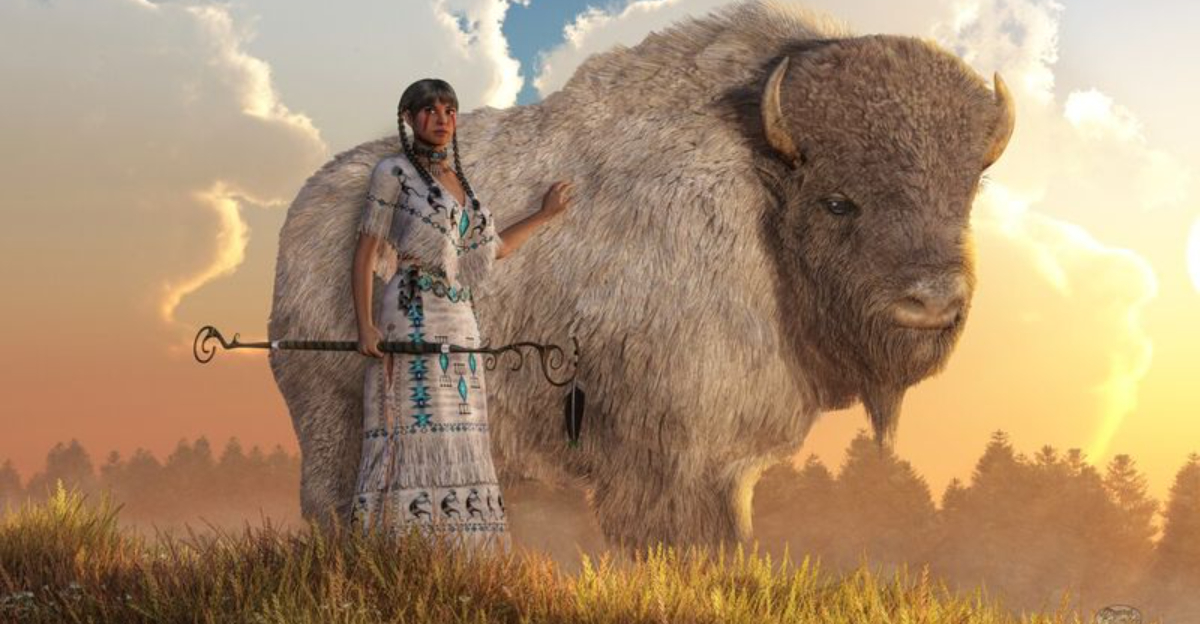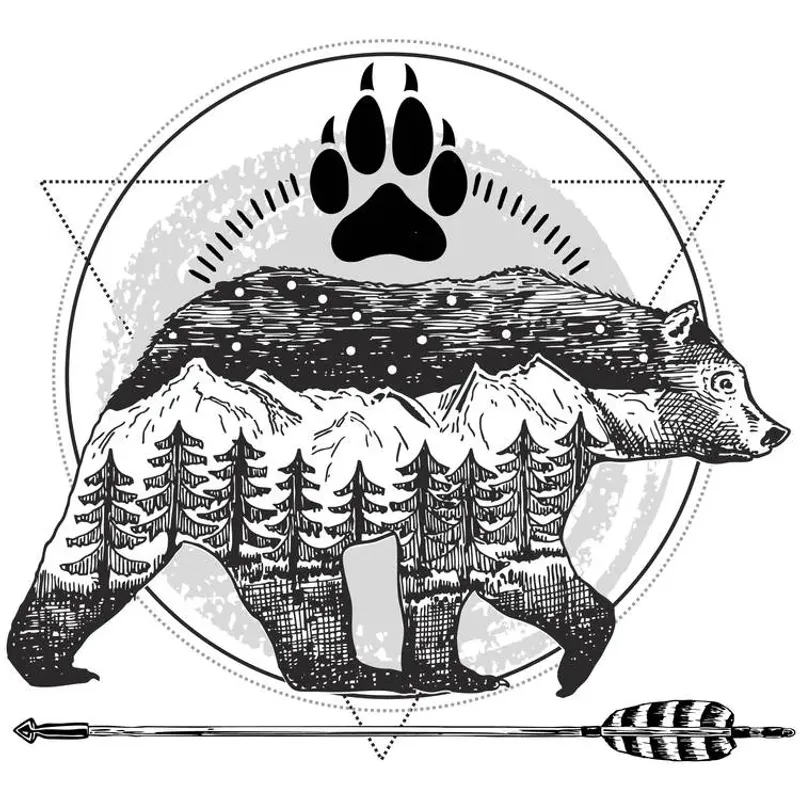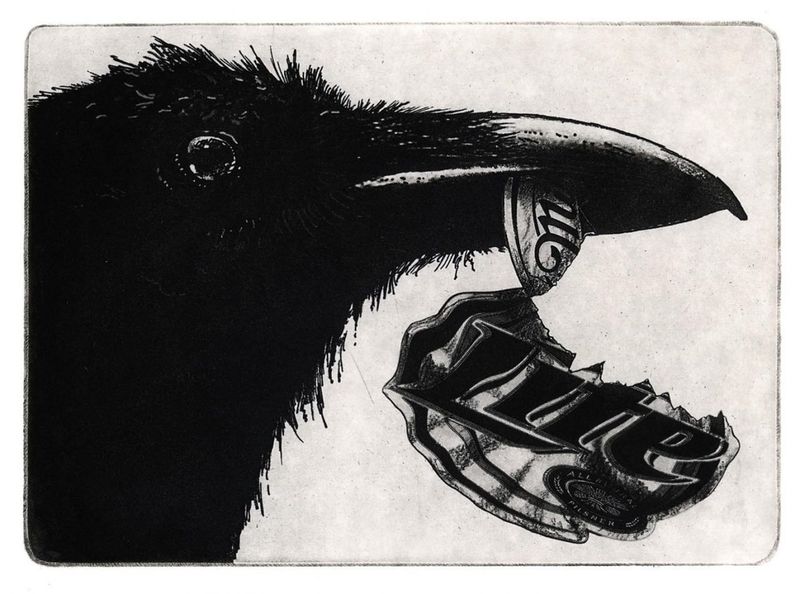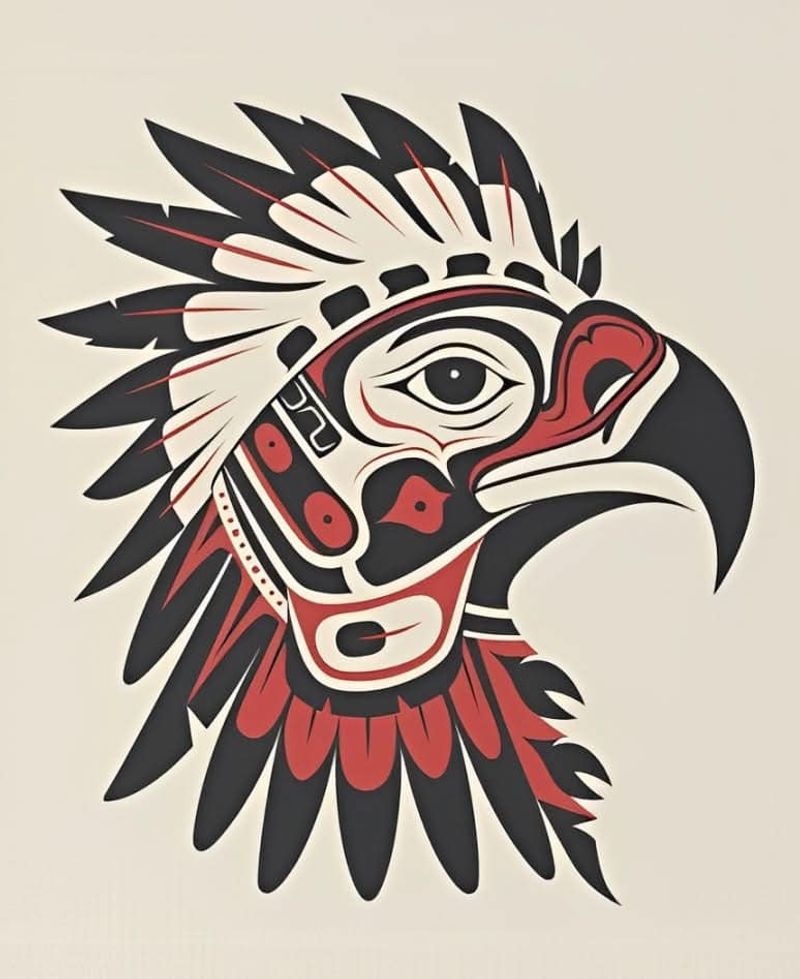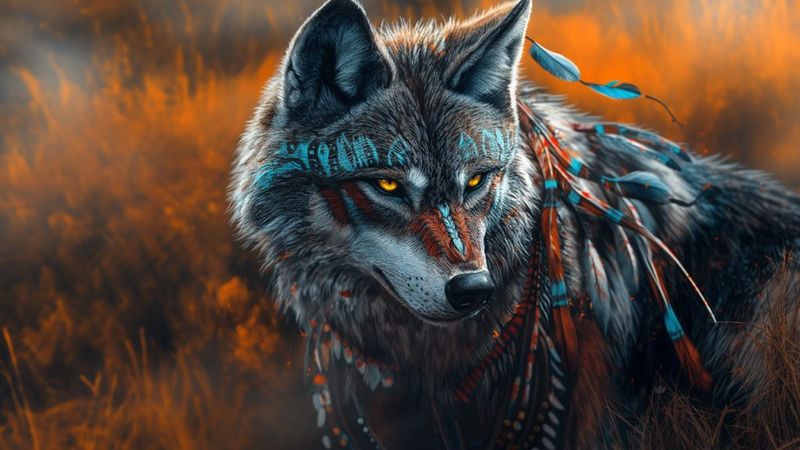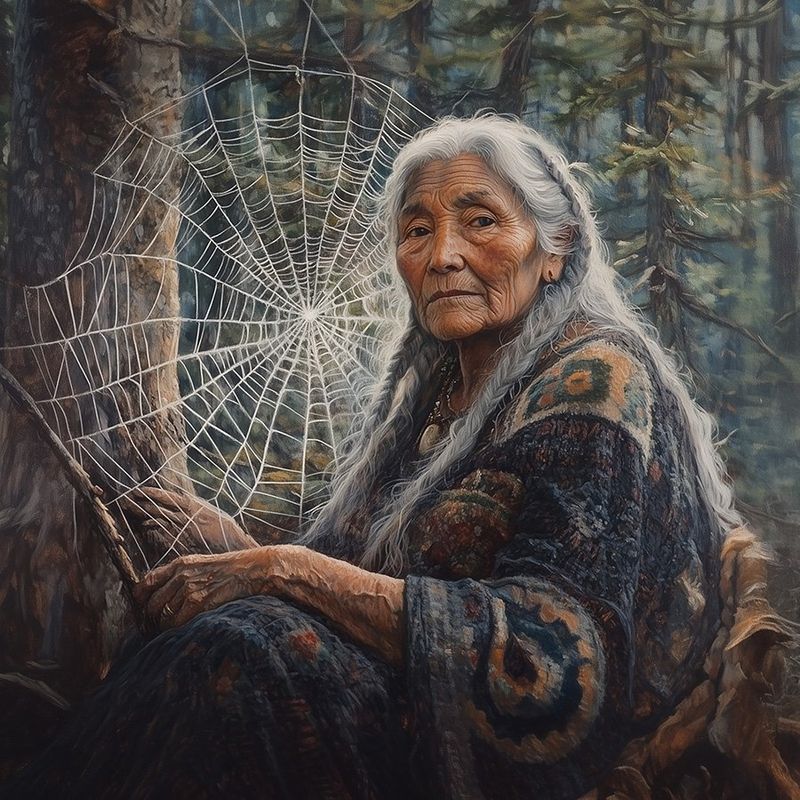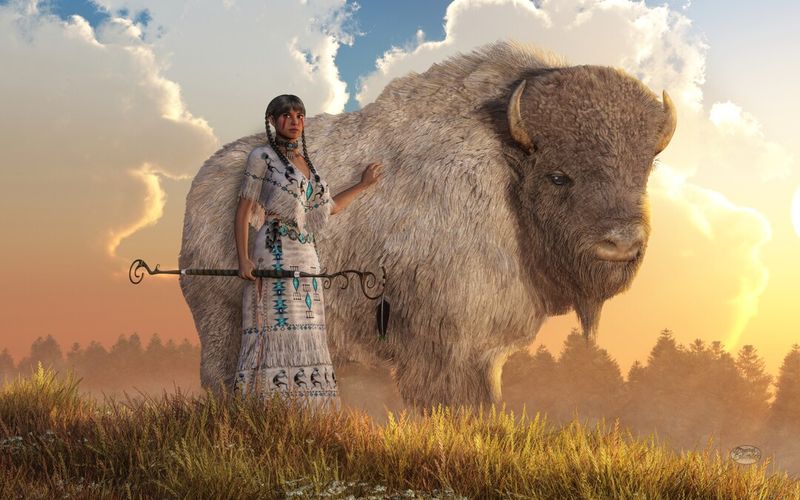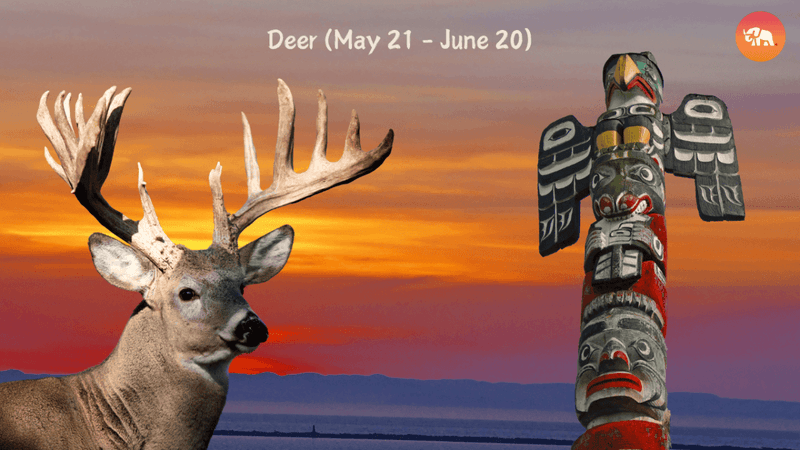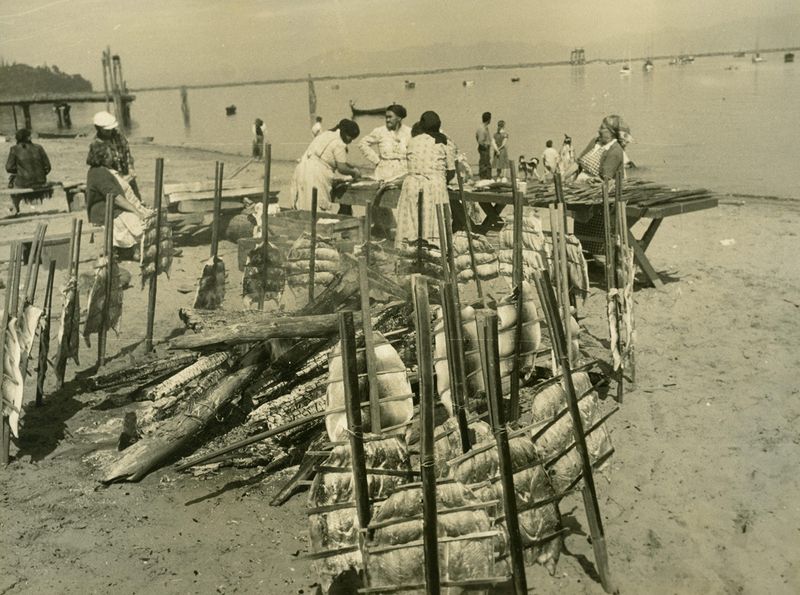Native American storytelling connects people with nature through animal legends that span generations. These stories aren’t just entertainment – they’re powerful teachings about life, morality, and the natural world.
Animals in these legends often possess supernatural abilities or human-like qualities, serving as messengers between worlds or embodying important spiritual lessons.
1. Coyote – The Trickster
Mischievous and cunning, Coyote appears in countless Native American stories as both troublemaker and accidental hero. His adventures typically begin with selfish intentions but end up benefiting others through unexpected twists. Many tribes consider Coyote a sacred being who helped create the world, despite his flawed nature. The Navajo tell of Coyote scattering stars across the night sky when he impatiently tossed a carefully planned star pattern into the heavens. What makes Coyote special is his ability to fail spectacularly yet survive to try again. Through his mistakes, humans learn important lessons about consequences, humility, and resilience.
2. Bear – The Healer and Protector
Standing tall as a symbol of strength and wisdom, Bear commands respect in Native American traditions. The Cherokee believe bears possess powerful medicine knowledge, having taught humans which plants heal various ailments. Bear ceremonies remain sacred among many tribes, particularly those involving healing rituals. When a Lakota medicine person dreams of Bear, it often signals a calling to become a healer within the community. Unlike aggressive portrayals in popular culture, indigenous stories frequently depict Bear as thoughtful and protective. Many legends tell of bears adopting lost children or guiding hunters safely home through dangerous forests.
3. Raven – The Creator or Trickster
Swooping between worlds, Raven plays dual roles as both creator and troublemaker in Pacific Northwest tribal stories. The Haida tell how Raven stole light from a greedy chief who kept it hidden in a box, releasing the sun, moon, and stars into the sky. Raven’s glossy black feathers reflect his complex nature – beautiful yet mysterious. Many coastal tribes consider the sight of ravens as potential messengers from ancestors or spirit beings. What distinguishes Raven from other tricksters is his genuine curiosity about humans. Unlike Coyote who often tricks for personal gain, Raven’s mischief frequently stems from a desire to understand or improve the human condition.
4. Eagle – The Messenger to the Great Spirit
Soaring closest to the Creator, Eagle carries prayers skyward in countless tribal traditions. Its feathers are considered among the most sacred objects, worthy of ceremonial use and careful handling. Eagle vision – both literal and spiritual – represents clarity and foresight. Plains tribes believe Eagle can see into the future and past simultaneously, making it a powerful guide for those seeking direction. When Eagle appears in dreams or visions, many Native Americans interpret it as a profound spiritual message. The Zuni people tell stories of Eagle carrying a young boy to the sky world where he learned sacred dances to bring rain to his drought-stricken people.
5. Turtle – The Earth Bearer
Steady and ancient, Turtle supports the entire world in many eastern tribal creation stories. The Lenape and Iroquois nations speak of Earth being formed on the back of a great turtle swimming in the primordial waters – hence the name “Turtle Island” for North America. Turtle’s shell represents the thirteen lunar months to many tribes, connecting this creature to time and cycles. Some origin stories tell how animals took turns diving into the deep waters, with only Turtle succeeding in bringing up mud that expanded to form the land. Unlike flashier animals in legends, Turtle teaches through quiet persistence. Its slow, deliberate movements remind people that lasting success comes through patience rather than haste.
6. Wolf – The Pathfinder
Howling beneath starlit skies, Wolf embodies family loyalty and hunting wisdom in tribal stories. The Pawnee consider wolves spiritual guides, believing their tracks lead to prosperity and safety. Wolf ceremonies honor the animal’s keen intelligence and social bonds. Many hunting tribes observed wolf pack strategies, adopting similar cooperative approaches that strengthened community ties. Cheyenne legends tell of a time when wolves and humans could speak the same language, sharing knowledge freely. The special relationship between wolves and humans appears in countless stories where wolves rescue lost travelers or teach survival skills during harsh winters.
7. Spider – The Weaver of Fate
Spinning intricate webs between worlds, Spider appears as a powerful creator in many tribal traditions. Spider Woman of Hopi legend taught humans the art of weaving, connecting this skill to the very creation of the universe. The Lakota trickster Iktomi takes spider form to teach complex lessons through deception. His stories often begin with someone falling for his tricks but end with important realizations about truth and perception. What makes Spider unique among legendary creatures is her connection to creativity and pattern. Navajo weavers still leave a small opening in their blankets called “Spider’s Way,” honoring the belief that Spider Woman’s spirit flows through their creative work.
8. Buffalo – The Sacred Provider
Thundering across plains in great herds, Buffalo represents abundance and sacrifice in Plains tribal traditions. Before horses arrived, entire communities followed buffalo migrations, depending completely on these massive animals for survival. White Buffalo Calf Woman – a sacred figure in Lakota spirituality – brought the sacred pipe and essential teachings. Her appearance in buffalo form connects this animal to spiritual instruction and proper living. Buffalo ceremonies honor the animal’s willing sacrifice. Many tribes tell stories of buffalo herds deliberately giving themselves to hunters who approached with proper respect and prayers, creating a sacred covenant between the animal and human worlds.
9. Owl – The Watcher of the Night
Silently gliding through darkness, Owl carries different meanings across tribal nations. The Pawnee view owls as protective spirits and symbols of wisdom, while some Apache bands consider owl calls warnings of approaching death. Owl’s ability to see in darkness represents spiritual insight beyond ordinary perception. Medicine people in certain tribes incorporate owl feathers in ceremonies intended to reveal hidden truths or diagnose mysterious illnesses. Cherokee stories tell of owls as spirit messengers who can travel between worlds. The distinctive “who-who” call sometimes signals ancestral communication, making nighttime owl encounters both mysterious and potentially meaningful.
10. Snake – The Transformer
Shedding its skin in continuous renewal, Snake embodies transformation in tribal mythologies. The Hopi associate snakes, particularly the horned serpent, with life-giving rain and agricultural fertility. Snake dances remain important ceremonies in southwestern Pueblo cultures. These rituals honor the connection between snakes and rainfall, with dancers sometimes handling live serpents as part of prayers for abundant crops. Unlike European traditions that often vilify snakes, many Native American stories present them as wisdom keepers. Lakota legends tell of a great serpent who guards underground waters and knowledge, teaching humans to respect these resources through properly timed revelations.
11. Deer – The Gentle Messenger
Moving gracefully through forest shadows, Deer represents harmony and awareness in many woodland tribal stories. The Cherokee tell of deer willingly sacrificing themselves to hunters who showed proper respect and gratitude. Deer ceremonies honor the animal’s gentle strength and keen senses. Apache traditions speak of deer songs that, when sung correctly, help hunters move with similar grace and awareness through difficult terrain. Many legends feature deer guiding lost children home or leading heroes to magical healing plants. The Huron believed deer could understand human speech, serving as messengers between people and other forest creatures.
12. Thunderbird – The Storm Spirit
Flashing lightning from its eyes and creating thunder with its massive wings, Thunderbird embodies elemental power. This supernatural being appears in stories from the Great Lakes to the Pacific Northwest, controlling weather and maintaining cosmic balance. Thunderbird images adorn totem poles, masks, and ceremonial clothing across many tribes. The distinctive spread-wing design represents protection and divine intervention during times of community need. Ojibwe legends tell of thunderbirds battling underwater panthers – creating storms during these cosmic conflicts. When people hear thunder, many tribal elders teach that thunderbirds are hunting evil spirits, protecting humans from harmful influences that might otherwise cause illness or misfortune.
13. Salmon – The Life Giver
Swimming against powerful currents to return home, Salmon represents determination and sacrifice in Pacific Northwest tribal traditions. Coastal peoples honored the first salmon catch with elaborate ceremonies, returning its bones to the water to ensure future abundance. Salmon stories teach about life cycles and renewal. The Chinook tell how Salmon willingly became food for humans but requested proper treatment of their remains so their spirits could return to the ocean and be reborn. Annual salmon runs created gathering points where different tribes would trade, celebrate, and share stories. This fish literally fed cultural exchanges, making it not just a source of physical nourishment but a foundation for knowledge sharing and community building.
